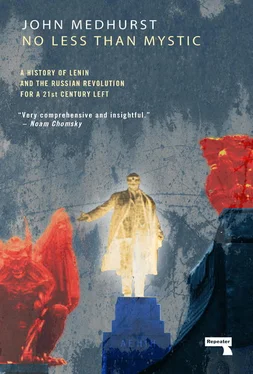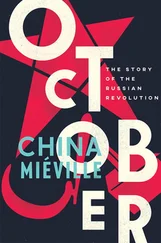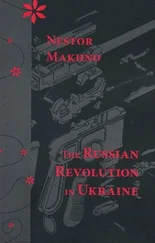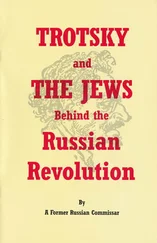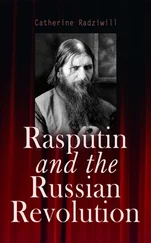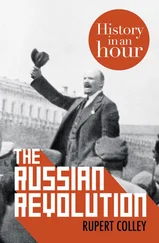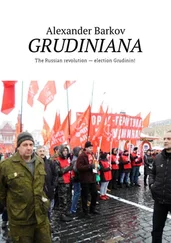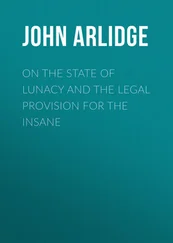Whilst Lenin and the doctrine he created are soaked in revolutionary voluntarism and have given carte blanche to impatient socialists to launch a series of ambitious programmes with little attraction to the working class, this has not led to significant victories in the sense of building durable socialist democracies. Where Leninist parties gained power in the 20th century, whether in China, Eastern Europe, Africa or elsewhere, they have without exception introduced one-party police states. In European democracies, Leninism has been the bedrock of small political sects incapable of building alliances with other socialists, let alone securing mass working-class support. Lih’s attempt to humanise Lenin and to place his interpretation of Marxism within the context of Russian culture is historically revealing, but it fails to address the inherent problems of Leninist practice. 22
Kevin Murphy’s Revolution and Counter Revolution: Class Struggle in a Moscow Metal Factory (2005) faces these issues head on, if with one eye closed. Drawing on new archival sources, it is a rich and detailed account of the daily life and politics of workers in a complex of metal factories in Moscow from the 1890s to the early 1930s. But even though it illuminates many areas of the life of the Russian proletariat that more traditional works have ignored–what workers did in their leisure hours, their domestic lives, etc.–it still tends to hue to the broadly accepted paradigm on the left for the Russian Revolution. Murphy begins by covering the years from 1890 to February 1917, before moving to the crucial February-October period, providing many examples of how, to quote the Menshevik historian N.N. Sukhanov, “Bolshevism began blossoming luxuriantly and putting forth roots throughout the country”, the deepest roots being in the large factory complexes of the capital and Moscow.
The remainder of the book is a compelling account of how workers in the Hammer and Sickle Metal Factory in Moscow weathered the storms of civil war, the New Economic Policy, stringent and repressive labour laws, and Stalinism. Significantly, though, the book skips lightly over the period between October 1917 and the beginning of the civil war in June 1918. Remarkably for such a thorough and conscientious work, it does not even mention the Extraordinary Assemblies and the extent to which anti-Bolshevik socialists within the factory were persecuted long before the start of the civil war. On the contrary, Murphy claims that during this period (roughly to 1923), “Rather than state repressions, strike actions were avoided by trade union intervention”. 23
As a summary, this is untrue. During 1917-23 Russia was convulsed by strike action against the Bolshevik regime, for a variety of reasons ranging from protests against food shortages and privileges for party officials to solidarity with Soviets and Factory Committees suppressed by the Red Guards and the Cheka. One outstanding study of socialist opposition to Bolshevik rule finds that workers’ demands in 1918-19 centered not only on matters like food distribution and working hours, but also on demands for “free elections to the Soviets, release of all political prisoners, and freedom of political activity for the Mensheviks and Socialist Revolutionaries”. 24Most of these strikes were violently suppressed. In 1918 workers at the Obukhov and Putilov works in Petrograd took strike action against food shortages and the suppression of their Factory Committees (in an echo of the action of the battleship Aurora in October 1917, militant sailors in the Baltic Fleet docked a destroyer alongside the plant to express support for the workers). In June 1918 the Obukhov workers ejected management and took control of the plant, demanding that the EAD declare a strike across Petrograd in protest at the suppression of the Soviets. Eventually martial law was declared and they were arrested.
In early 1919 mass strikes broke out in Petrograd, Tula, Briansk, Tver and many other cities. In Tula the Cheka occupied factories on strike and arrested 1,000 strikers. In Petrograd the Putilov strikers were treated even more harshly. After fighting between Red Guards and strikers
the strike was suppressed and the Cheka went to work, holding summary trials. Many executions followed, taking place in a remote locality called Irinovka […] The procedure was to line up the victims against the wall, blindfolded, and to shoot them down in batches by machine-gunfire. 25
Murphy doesn’t consider these events, except to add that groundbreaking studies of early Soviet labour, such as those of Jonathan Aves and Diane P. Koenker, “attempt to explain the demise of working class militancy by echoing continuity arguments with grossly inflated estimates about early state repression, concentration camps and coercion”.
Nowhere does he justify this. Instead he concludes that on the key issues of October and Stalinism, “The Marxists got it right”. 26He does not specify which Marxists got it right, but it seems safe to assume he does not mean Marxists like Martov, Axelrod and Kautsky, who foretold that the October insurrection would lead to a bureaucratic police state, and who actually did get it right.
A different approach was adopted by Lenin Reloaded: Towards a Politics of Truth (2007). 27A dense collection of essays by a stellar line-up of neo-Marxist and post-Structuralist academics such as Slavoj Žižek, Etienne Balibar, Alain Badiou, Frederik Jameson and Terry Eagleton, Lenin Reloaded offers pearls of wisdom such as “A Leninist Gesture Today: Against the Populist Temptation” (Žižek); “Lenin as reader of Hegel: Hypothesis for a reading of Lenin’s Notebooks on Hegel’s The Science of Logic ” (Kouvalakis); “One Divides Itself into Two” (Badiou); and “Lenin and Revisionism” (Jameson). The essays vary in quality from marginally interesting to pretentious and irrelevant, but they all argue that Leninism provides vital and necessary guidance to today’s anticapitalists. The editors believe in “a return to Lenin” and a re-invention of the Leninist revolutionary project. They find the source of Lenin’s originality in his “externality” from European Marxism and call any assertion that Leninism is a perversion of classical Marxism “part of the standard western racist argument against Lenin”. The book’s summary of its political project promises that “Such a project would be ‘Leninist’ in its commitment to action based on truth and its acceptance of the consequences that follow from action”.
Lenin Reloaded should have derailed the trend to rehabilitate Lenin, yet socialist writers such as Paul Le Blanc have not only carried on much of its argument but praised it specifically. In Unfinished Leninism (2014), 28Le Blanc offers a clearer case for Lenin’s contemporary relevance than do the academics of Lenin Reloaded , although he avoids delving too deeply into Lenin’s atrocious political record post-1917. Conceding that some of the contributors to Lenin Reloaded retain “traces of Stalinist residue”, he finds that these traces can be dealt with “in a comradely tone” and are preferable to the “sterile anti-Leninist consensus”. On behalf of the contributors of Lenin Reloaded he apologises for the fact that whilst they argued that Lenin must be translated into the distinctive political realities of our time, because of “space limitations” they could not “illustrate what such efforts might look like”. Le Blanc concludes his review of Lenin Reloaded with praise for the “rich, diverse contributions” it offered and considers them “a challenge for all serious intellectuals and activists of our time”. 29
This is the antithesis of serious and challenging. It also ignores the real advances made in understanding the Russian Revolution in the last three decades. The “Social History” school of Soviet historians that emerged in the 1980s, most especially the work of Diane P. Koenker, William Rosenberg and Ronald G. Suny, has produced a corpus of groundbreaking studies that recreates and gives dignity and agency to Russian workers and peasants as political actors. Two decades before Murphy’s work on the lives of Moscow metal workers–much praised by Marxist academics because it reinforced the Leninist thesis of the revolution–the Social Historians had been to the archives and rediscovered the Russian worker and his/her social experience. Their focus on the shopfloor, the canteen and the Factory Committee, rather than the statements and actions of political leaders such as Kerensky, Lenin and Trotsky, shook up and redefined Soviet historiography much to its benefit.
Читать дальше
